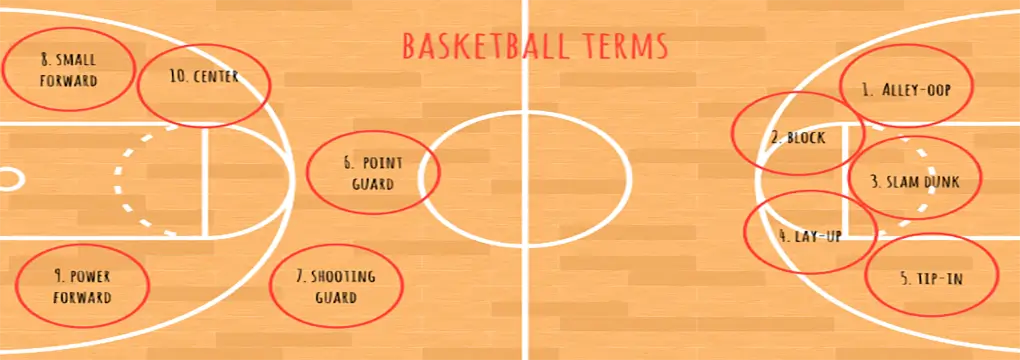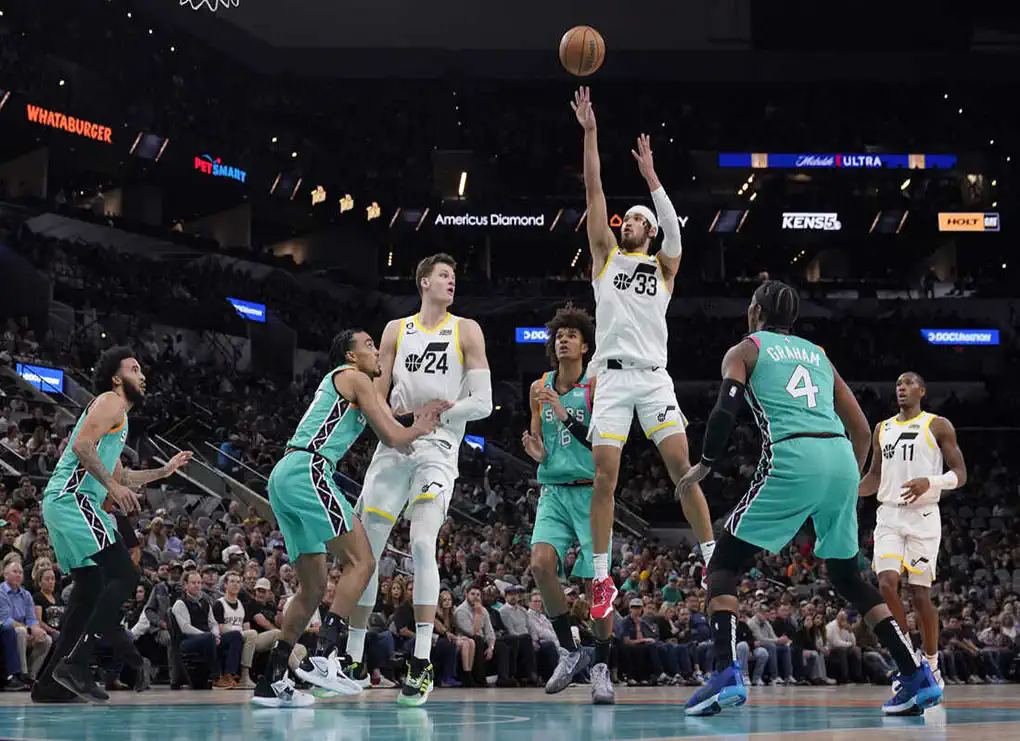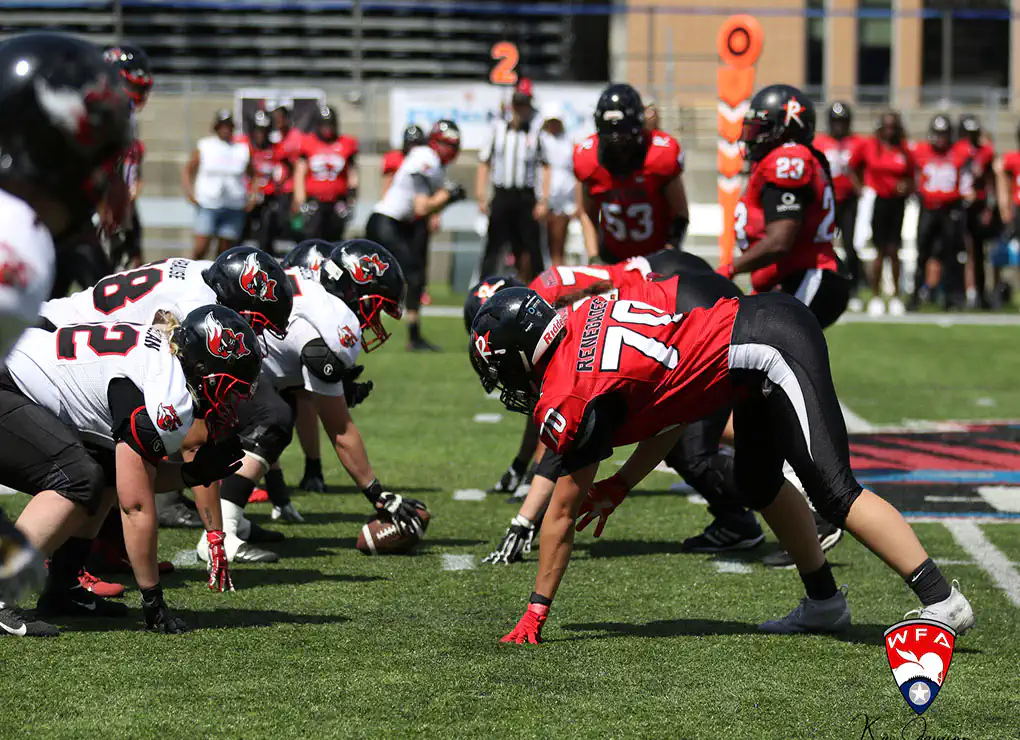Guide for the Positions in Basketball : 5 positions in basketball
Basketball, at first glance, might appear as a chaotic scramble for the orange sphere. But beneath the surface lies a meticulously crafted ballet, each player fulfilling a specific role within a grand strategic scheme. This guide delves into the five traditional positions on a basketball team, offering a deeper understanding of the on-court symphony each player contributes to.
What are the positions in basketball?
Imagine a basketball team as an orchestra. Each player, akin to an instrument, has a designated role that dictates their movements, positioning, and the skills they prioritize. These roles are embodied by the five traditional positions on a basketball court, each with a corresponding number:
-
Point Guard (PG): The maestro of the offense, the point guard is often the shortest player on the court, but their impact is undeniable. Think of them as the conductor, weaving magic with their ball handling and court vision. They initiate the offense, orchestrating plays, and directing teammates with pinpoint accuracy. While facilitating the offense is their primary duty, some point guards, known as combo guards, can light up the scoreboard with impressive scoring abilities.
-
Shooting Guard (SG basketball position): The name itself is a dead giveaway – the shooting guard is a scoring machine. These players are the team’s designated snipers, possessing a lethal arsenal of shooting skills. They rain down three-pointers from beyond the arc, striking fear into the hearts of opposing defenses. But their value extends beyond offensive firepower. They are also lockdown defenders on the perimeter, tasked with shutting down the opposing team’s shooting threats. Don’t be fooled by the label “shooting guard” though – some, like shooting forwards, possess a well-rounded skillset, attacking the basket with ferocity when needed.
-
Forwards (SF/PF position basketball): The world of forwards is a diverse one. The small forward (SF) is the proverbial jack-of-all-trades, a versatile player who contributes in a multitude of ways. They can score from mid-range, crash the boards for rebounds, and even seamlessly switch onto different defenders, making them a nightmare matchup for opponents. Their athleticism and well-rounded skillset are crucial for a team’s overall success. The power forward (PF), on the other hand, brings a different kind of heat to the court. They are the enforcer in the paint, using their physical strength to battle for rebounds and score close to the basket. Imagine an immovable wall, boxing out opponents and putting on a show of dominance down low.
-
Center (C): The center is the undisputed king of the paint, the defensive anchor of the team. Typically the tallest player on the court, they patrol the restricted area, swatting away shots with their imposing presence. Rebounding is their bread and butter, using their size and strength to control the boards and initiate fast breaks. Variations like the center-forward combine some low-post scoring skills with the ability to shoot from mid-range, offering a more versatile presence in the paint.

Beyond the Numbers: The Evolving Landscape of Basketball
The beauty of basketball lies in its constant evolution. While these traditional positions provide a solid foundation, the modern game is all about flexibility. Gone are the days when players were rigidly confined to their designated roles. Coaches are becoming increasingly creative with their lineups, deploying multiple ball-handlers or prioritizing spacing and shooting over a dominant center. This fluidity keeps the game exciting and unpredictable, pushing the boundaries of strategy and forcing players to adapt their skillsets.
Understanding positions offers a valuable lens to appreciate the intricate dance on the basketball court. It allows you to recognize the unique contributions of each player and witness how their roles intertwine to create a cohesive unit. But remember, the true magic of basketball lies in its ability to defy expectations and constantly reinvent itself.










